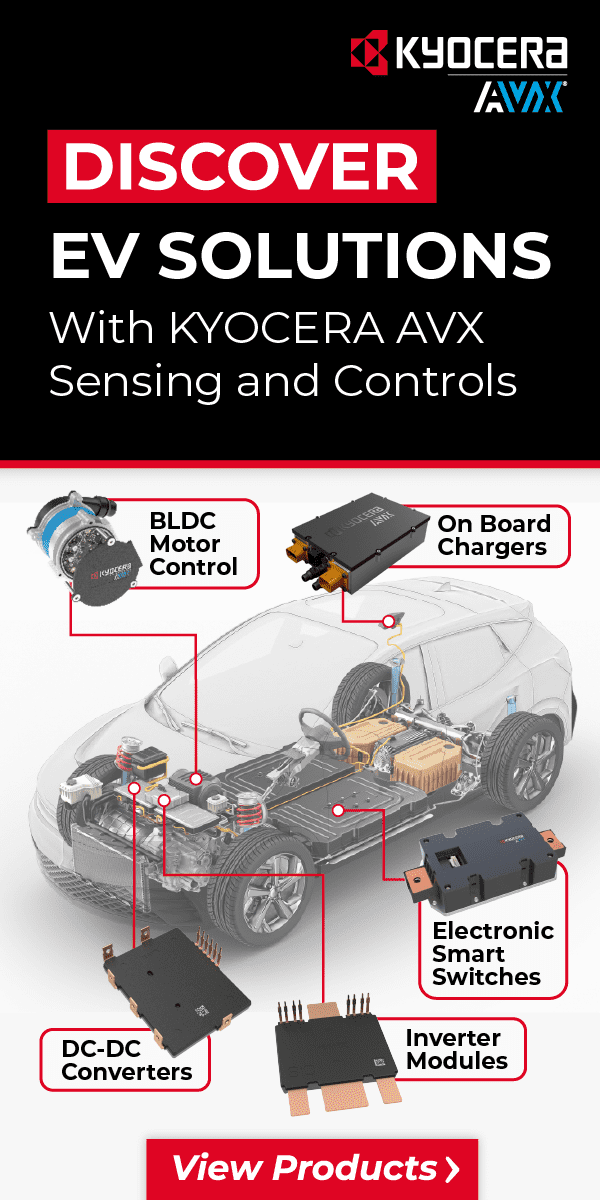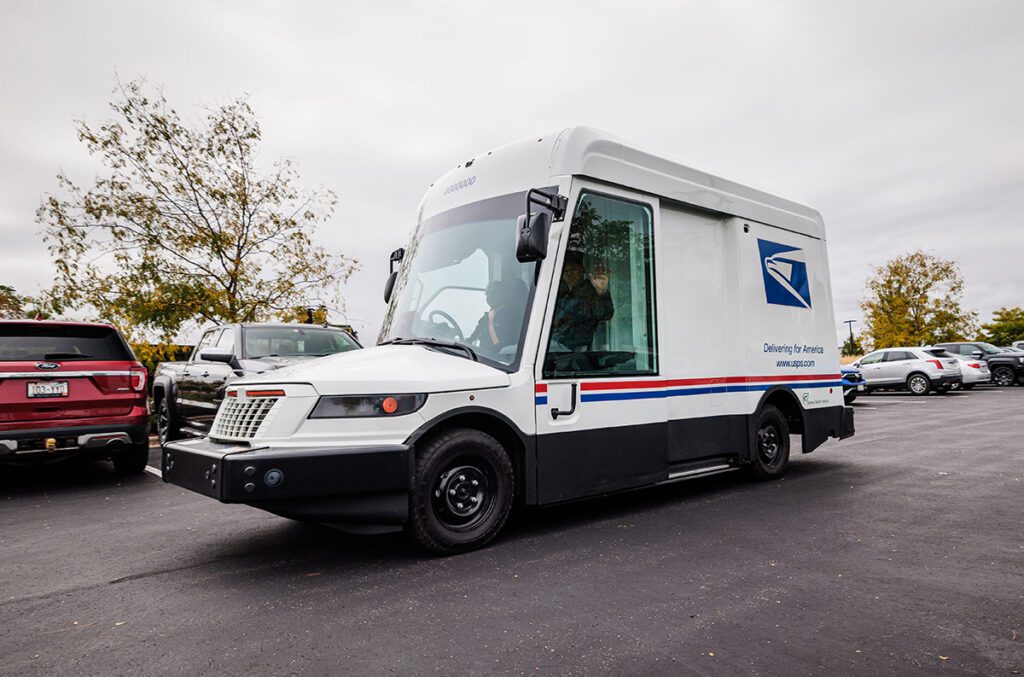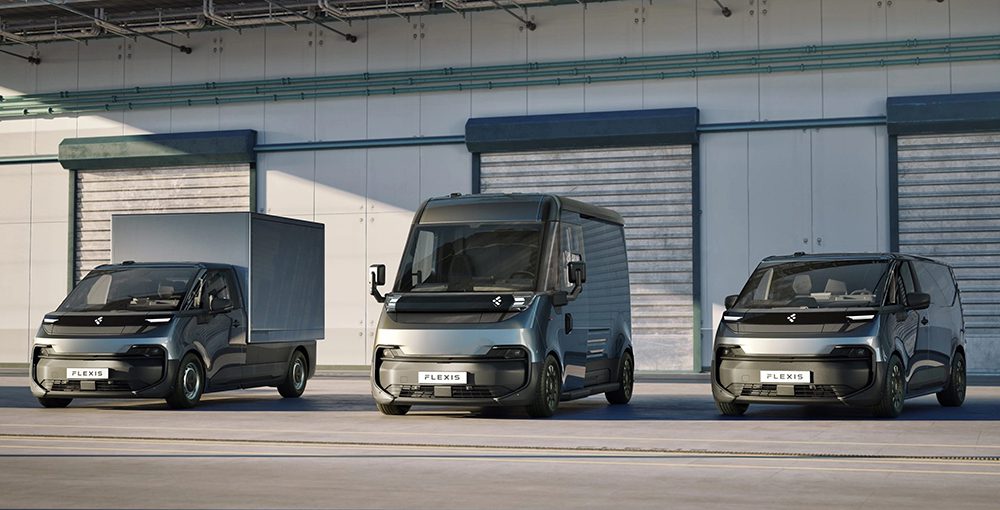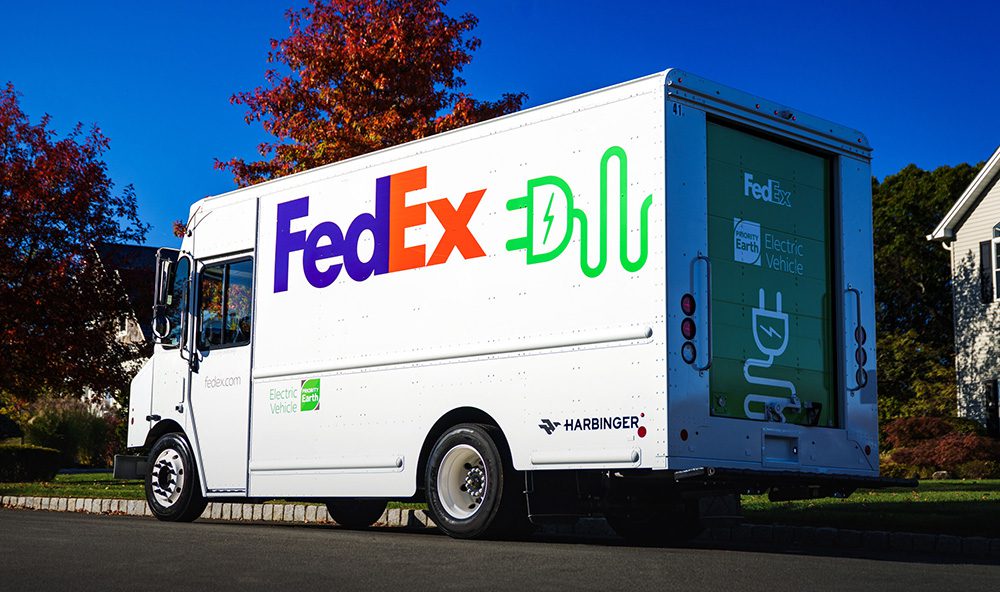Bidirectional charging encompasses several applications that can be collectively referred to as V2x (vehicle-to-grid, vehicle-to-home, maybe someday vehicle-to-brain). It’s expected to play an important role in tomorrow’s electrified, connected transportation ecosystem, but to date it exists only in pilots, most of them involving commercial fleets. So the new Quasar bidirectional EV charger from Barcelona-based Wallbox, which appears to be the first commercial V2x product aimed at the home market, caused quite a buzz at the recent CES trade show.
Wallbox’s Quasar is a DC charger that can send electricity from a vehicle’s battery back to the grid or power a home. It’s compatible with solar and battery storage systems, and comes with an energy management platform that’s controlled by a mobile app (iOS and Android).
Douglas Alfaro, the North American head of Wallbox, is a Tesla alum who spent several years on the automaker’s Supercharger team. The Quasar uses your EV’s battery to do many of the things a storage solution such as Tesla’s Powerwall does: store solar energy for later use; provide backup power in an outage; and, theoretically, offer balancing services to the grid.
The Quasar is about the size of a typical home charger, and is expected to retail for about $4,000. So, it’s much more expensive than a Level 2 home charger, but cheaper than a Powerwall. It charges an EV using DC power (the version Wallbox demonstrated requires a CHAdeMO port, but a CCS version is in the works), but it is not a home version of the DC fast chargers found at highway rest stops (no residential electrical system could provide anything like the power levels used by those commercial systems). The Quasar’s charging level is 7.4 kW (configurable from 6 A to 32 A), a level that’s typical of current Level 2 chargers.
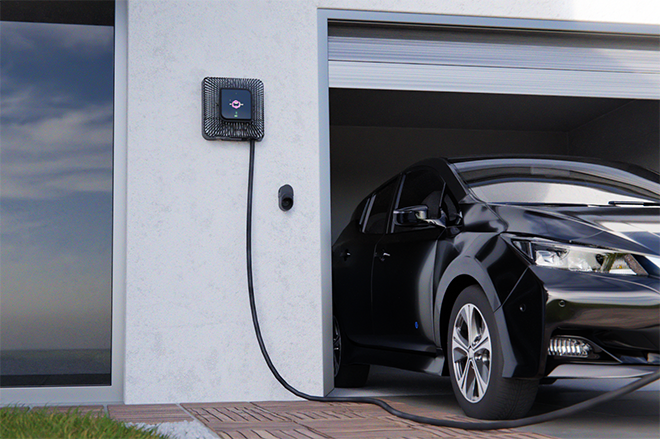
The new charger is UL-listed, comes with a 25-foot cable, and features WiFi, Ethernet, Bluetooth and cellular communications.
“Quasar is the first charger for the home to allow bidirectional charging,” said Wallbox co-founder and CEO Enric Asunción. “To provide a sustainable future, we have to ensure the energy we use is clean. As bidirectional charging offers us the possibility to store energy from renewable sources for later use, it will help us to move towards this future.”
“At Wallbox, we believe cutting-edge technology should be simple, user-friendly, and intuitive,” said CTO Eduard Castañeda Mañe. “We work hard at packing in intelligent and cutting-edge features while maintaining a smart and compact look. Quasar is a result of breakthrough innovations in materials science in order to get a much higher power in a smaller size. We also have special advances in areas like our inverter in order to make it so efficient in such a small area.”
Sources: Wallbox, Electric Vehicles Research, Electrek

































































